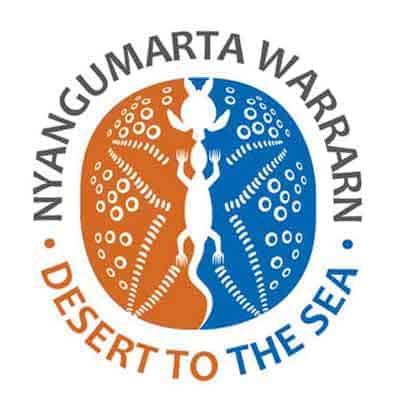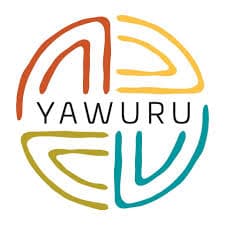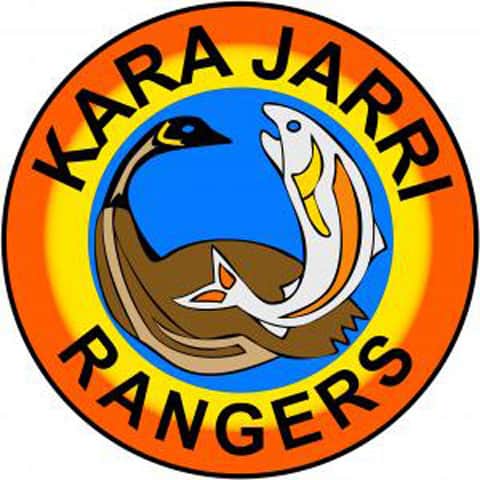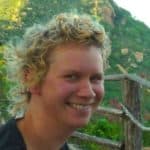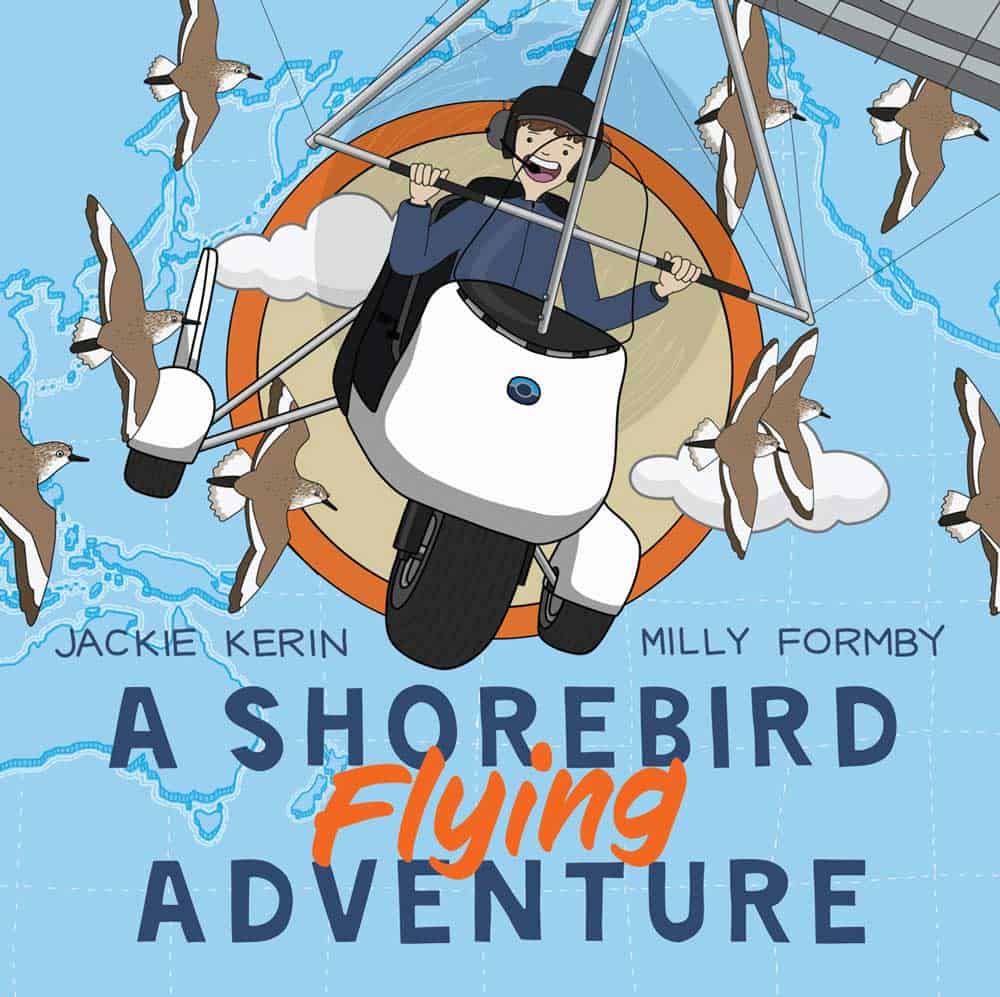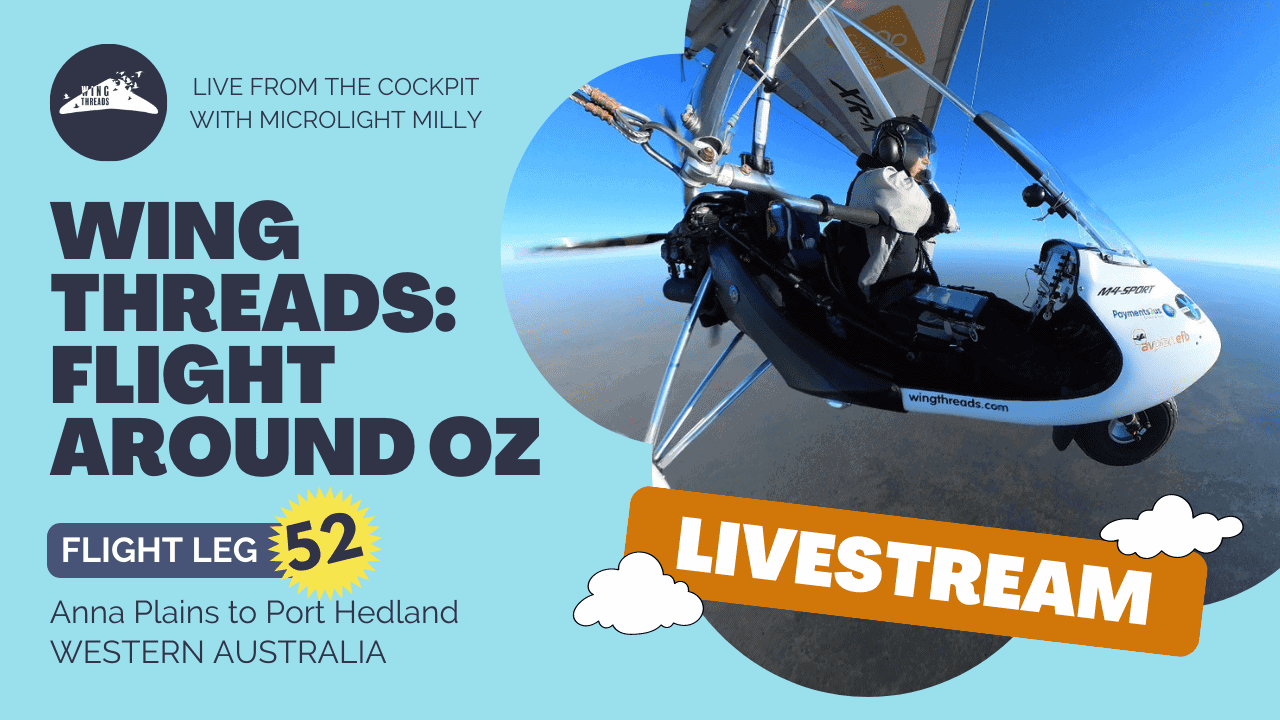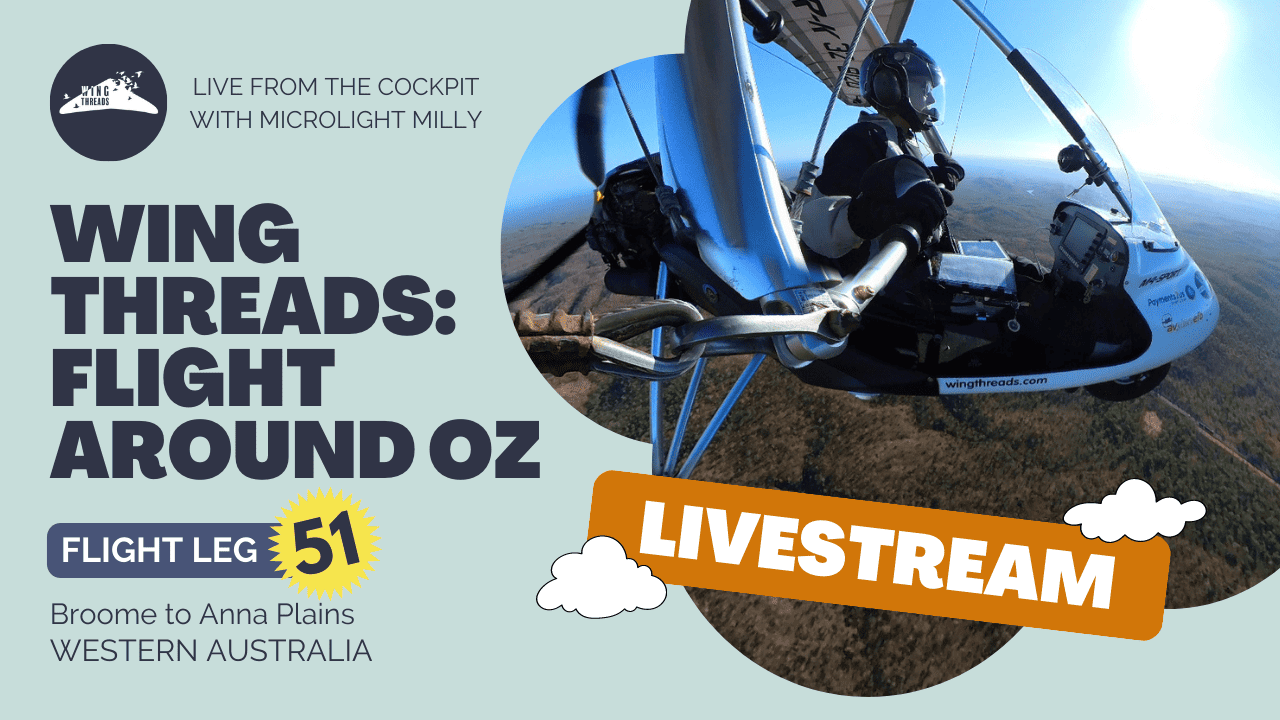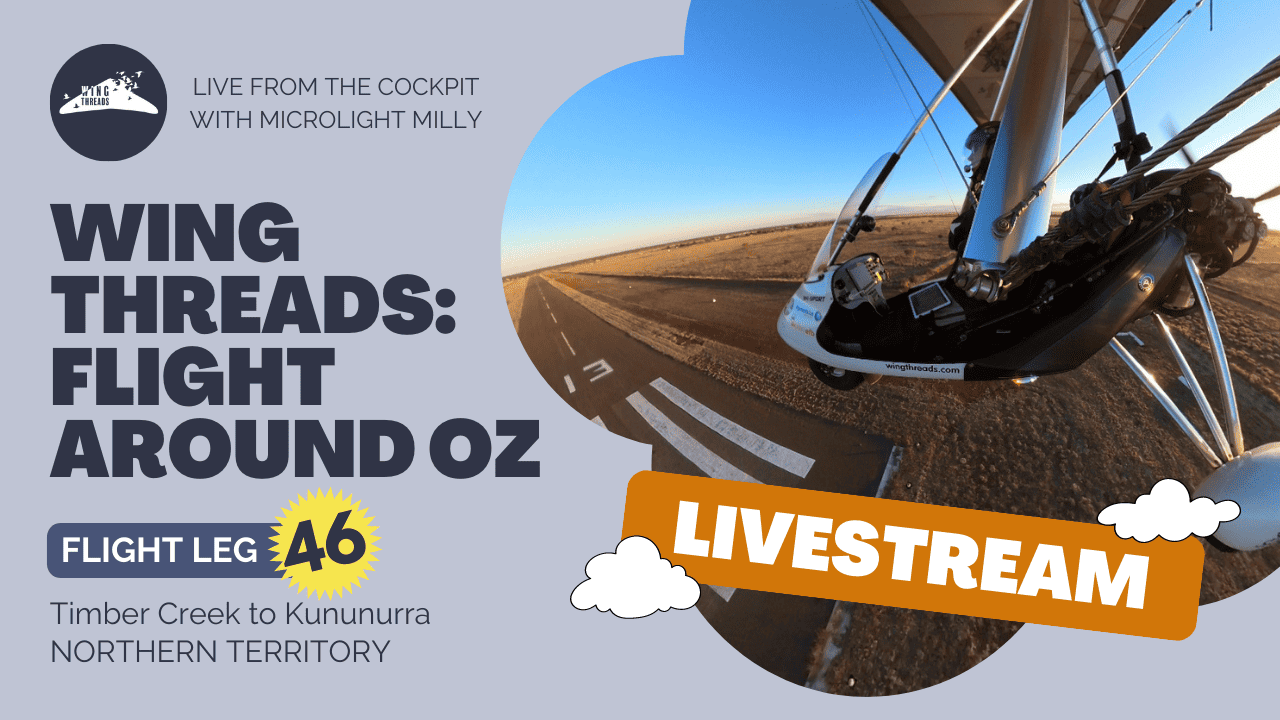Progressing normally
A contribution by Clive Minton
A quieter week for the Oriental Pratincoles whilst the Little Curlew and Whimbrel continue their northwards migrations through the Yellow Sea region.
It’s good that we’ve got two Little Curlew still seeming to be progressing normally through the Yellow Sea region using farmland habitat just on the fringe of the coastal shores. They still have a long way to go to their breeding grounds in central Siberia and, based on previous years’ data, are still due to make lengthy stopovers in northern China/south-eastern Siberia.
I’m worried that we’ve now got only two birds left of the original five and desperately hope that these will continue and eventually give us the location of their breeding grounds and complete round-trip migration paths. We don’t really understand why the fall-out rate for Little Curlew carrying satellite transmitters seems to be so relatively large each year, but it is disappointing and expensive – $5,000+ each time a transmitter stops. Maybe in a future year we will have to try 2g transmitters on Little Curlew instead of the current 5g units? But first of all we have to see what the life is of the 2g transmitters we currently have deployed on Oriental Pratincoles.
Non-stop to China
Despite two of the five satellite transmitters failing, we are still getting nice results from the three tagged Little Curlews still transmitting (Figure 1).
LS and LU are currently both in the Guangdong Province of China, approximately 170km apart (Figure 2).
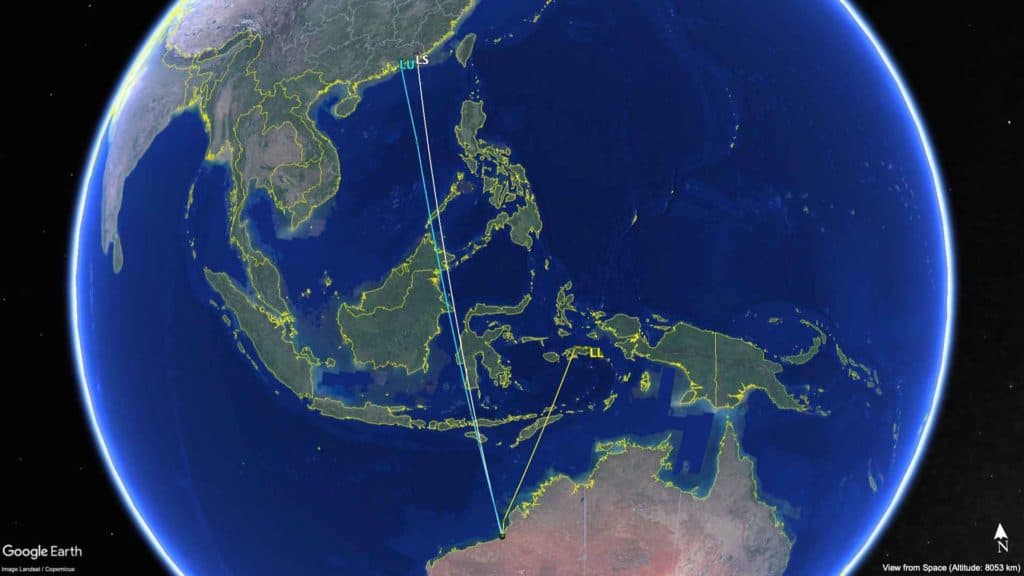
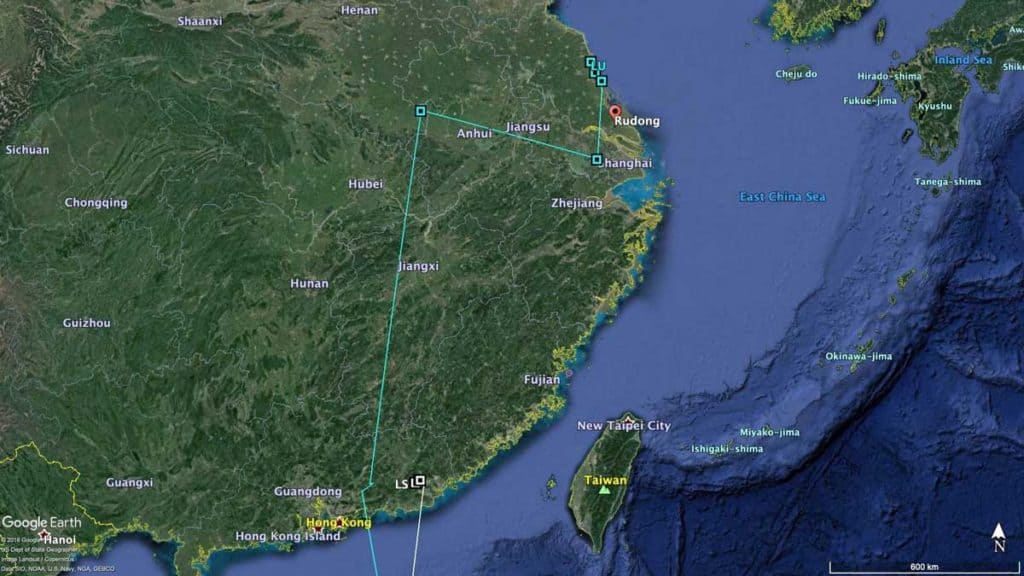
First of the flock
Leg Flag LL
The first bird to leave Anna Plains near Broome, WA, was LL, which flew past Roebuck Bay just after midnight on 5th April. It then flew a further 2,000km and landed on the island of Maluku, Indonesia on the morning of 7th April.
This track is further east than migration paths of Little Curlews in previous years (2013 & 2015), and may be due to tropical cyclone Wallace tracking across the sea between Australia and Indonesia. Unfortunately, this transmitter has not transmitted since then. It is unclear what may have happened to the transmitter or the bird.
Continuing on
Leg flag LU
LU, the next Little Curlew to depart Anna Plains, 80 Mile Beach, flew to Guangdong Province, mainland China in one direct, 5,000 km, flight. The last fix of this bird at 80 Mile Beach, Australia, was on 14th April, and the first fix on migration was on 16th April.
Once in China, LU moved 35 km north east in close proximity to the Quixiang River where it appeared to be also using agricultural fields (Figure 3.).
Poor accuracy fixes from 28th April suggested LU continued on its northward migration, about a week after its first stop over.
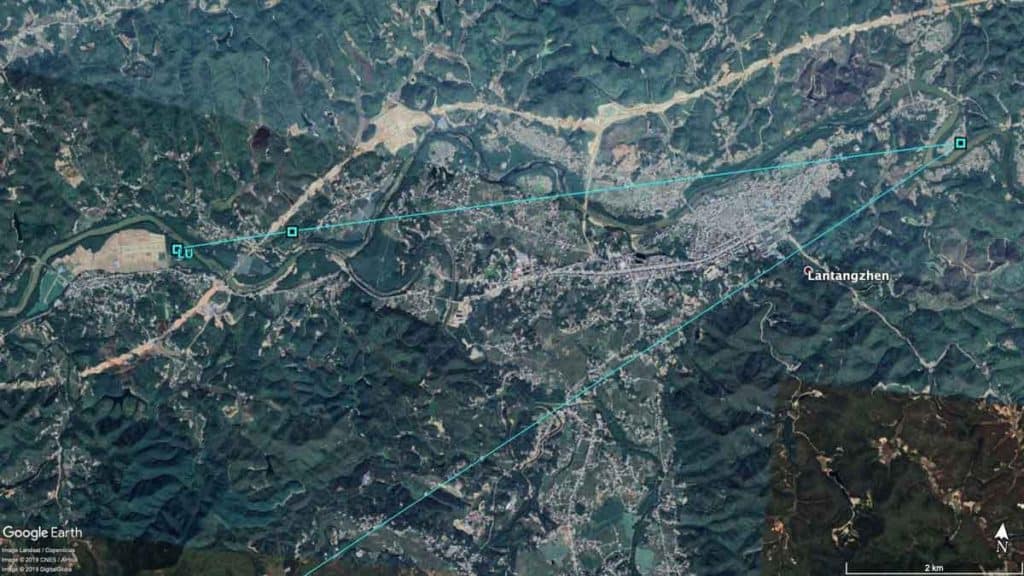
This was confirmed at the start of May with data showing Little Curlew LU has moved approximately 1,300 km further north. LU is now in the buffer zone of Yancheng National Nature Reserve (Figure 4.). The area is farmland operated by state-owned enterprises, mainly growing rice, wheat and rapeseed. These farmlands are important feeding area for wintering cranes and geese, which are the main target species for the reserve (Figure 5.).
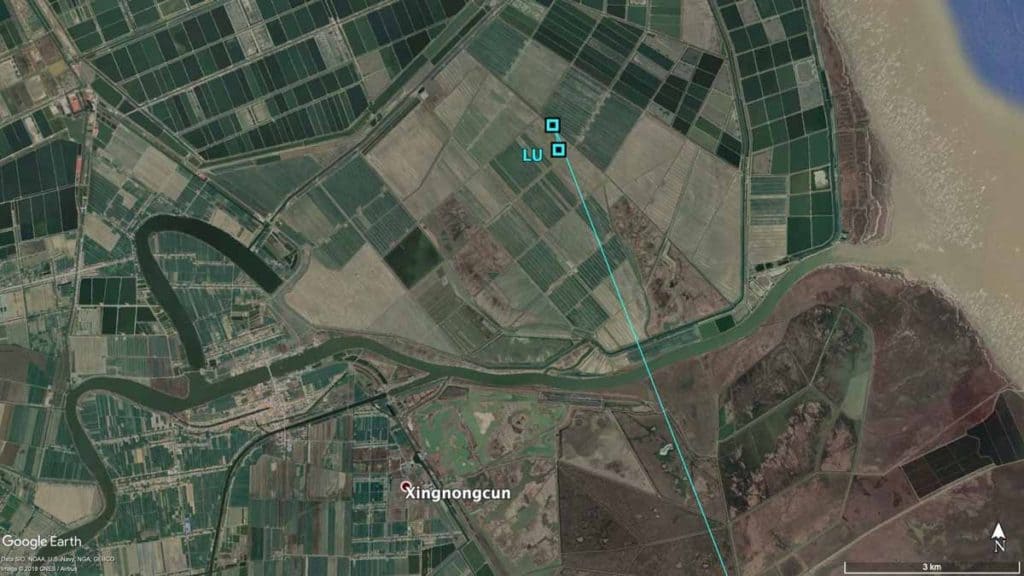
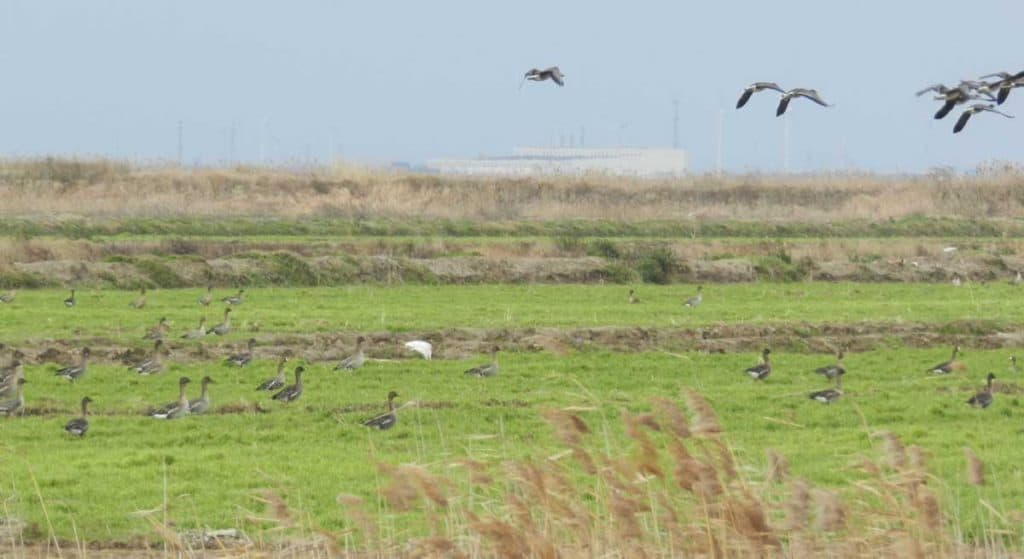
Last but not least
Leg flag LS
The third bird LS departed Australia on 23 April. This individual initially flew to Roebuck Plains and back in March. It reached the coast of China on 28 April, having flown non-stop from Australia, similarly to LU.
LS remains near Mianlin in the Guangdong Province of China in an agricultural area adjacent to a river where it first landed after its non-stop flight from Australia (Figures 6. & 7.). It has since moved 13 km and is currently near Mantou Mountain.
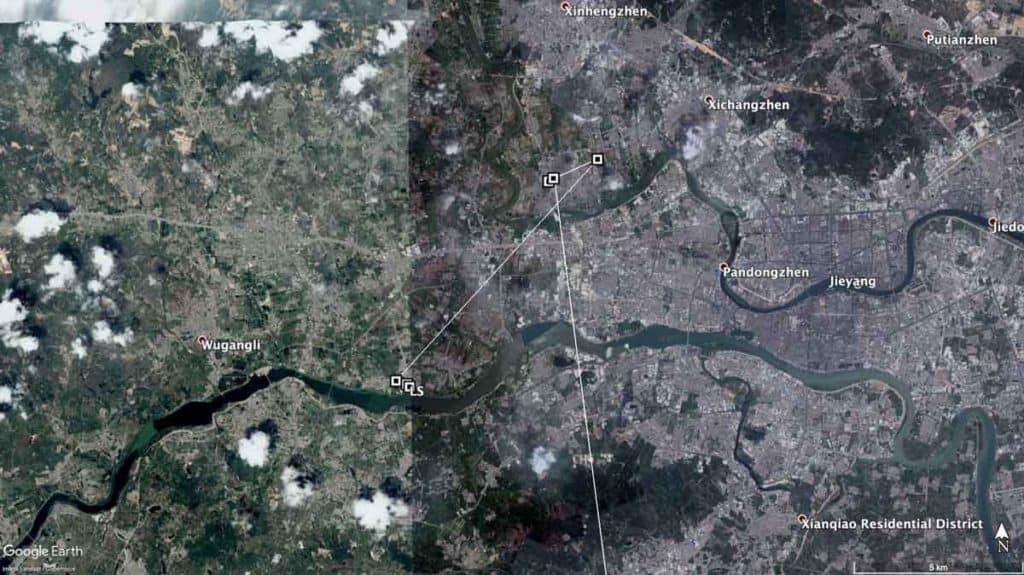
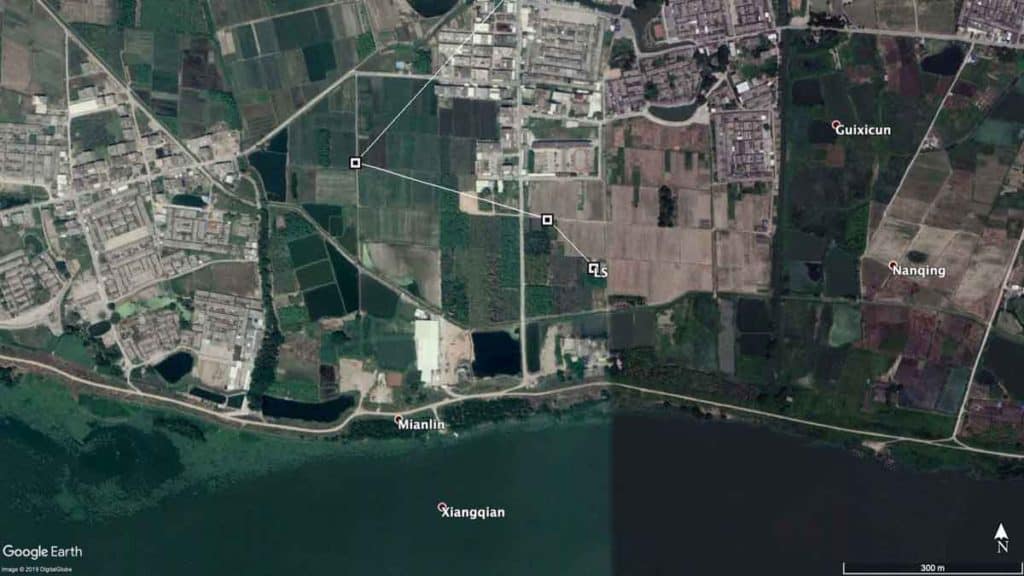
Acknowledgements
Clive Minton
The extensive and expensive satellite tracking program we have set up in NWA has only been possible through the efforts and generosity of a large number of people and organizations. It is difficult to know where to start with the formal acknowledgements so I will list them – but not in any particular order of priority.
- The members of the AWSG NWA 2019 Wader and Tern Expedition and similar NWA expeditions in previous years, are particularly thanked for their efforts in the field in catching, banding and deploying transmitters on a range of species.
- Landowners are especially thanked for permission to go onto their property to enable us to catch various species in order to deploy the satellite transmitters. In particular we thank Anna Plains Station for giving us the freedom to roam over large areas of grazed grassland when counting and catching target species.
- AWSG acknowledges the Yawuru People via the offices of Nyamba Buru Yawuru Limited for permission to catch birds on the shores of Roebuck Bay, traditional lands of the Yawuru people.
- AWSG acknowledges the Karajarri and Nyangumarta people for permission to catch birds to be marked for this project on the shores of 80 Mile Beach, traditional lands of the Karajarri and Nyangumarta.
- The cost of the satellite transmitters, which cost around $5000 each, and the satellite downloading costs (around $1000-1500 per month) have been met by a variety of sources. Private individuals (Charles Allen and Doris Graham) have made most generous individual contributions. Kate Gorringe-Smith and her team of artists involved in The Overwintering Project made a large, generous donation from funds raised during their various public exhibitions. The annual NWA Expedition members, collectively, also provided significant funds each year.

